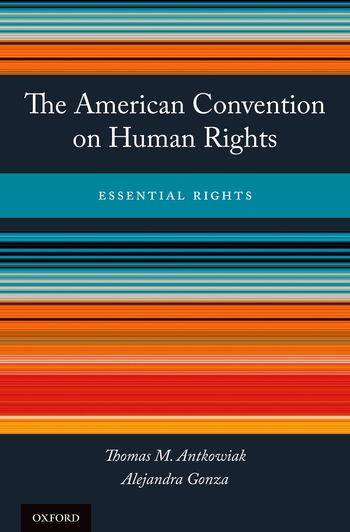
This book offers a thorough, critical, and accessible analysis of the American Convention on Human Rights which is the main human rights treaty of the Americas. The authors closely review the jurisprudence and the binding judgments of the two institutions charged with interpreting the Convention: The Inter-American Court of Human Rights and The Inter-American Commission on Human Rights.
They focus on the rights most developed by the Court and Commission, namely the rights to equality, life, humane treatment, personal liberty, property, due process and judicial protection, as well as the freedom of expression and reparations. They examine the case law with a victim-centered lens while identifying key jurisprudential developments, discussing critical areas that lack consistency and rigor, and proposing alternative conceptual approaches.
Each chapter contains an Introduction to compare the Convention right's formulation with equivalent rights in other major international and regional treaties; a background section to consider the right's negotiation history; a Scope of Protection section to analyze the right's provisions (paragraph-by-paragraph or topic-by-topic); and lastly, a Limitations section, if applicable, to study any limitations to the right. In addition, the book's Introduction presents an up-to-date overview of the dynamic Inter-American Human Rights System, discussing the System's legal instruments, major institutions, significant impact, key developments, and current challenges.